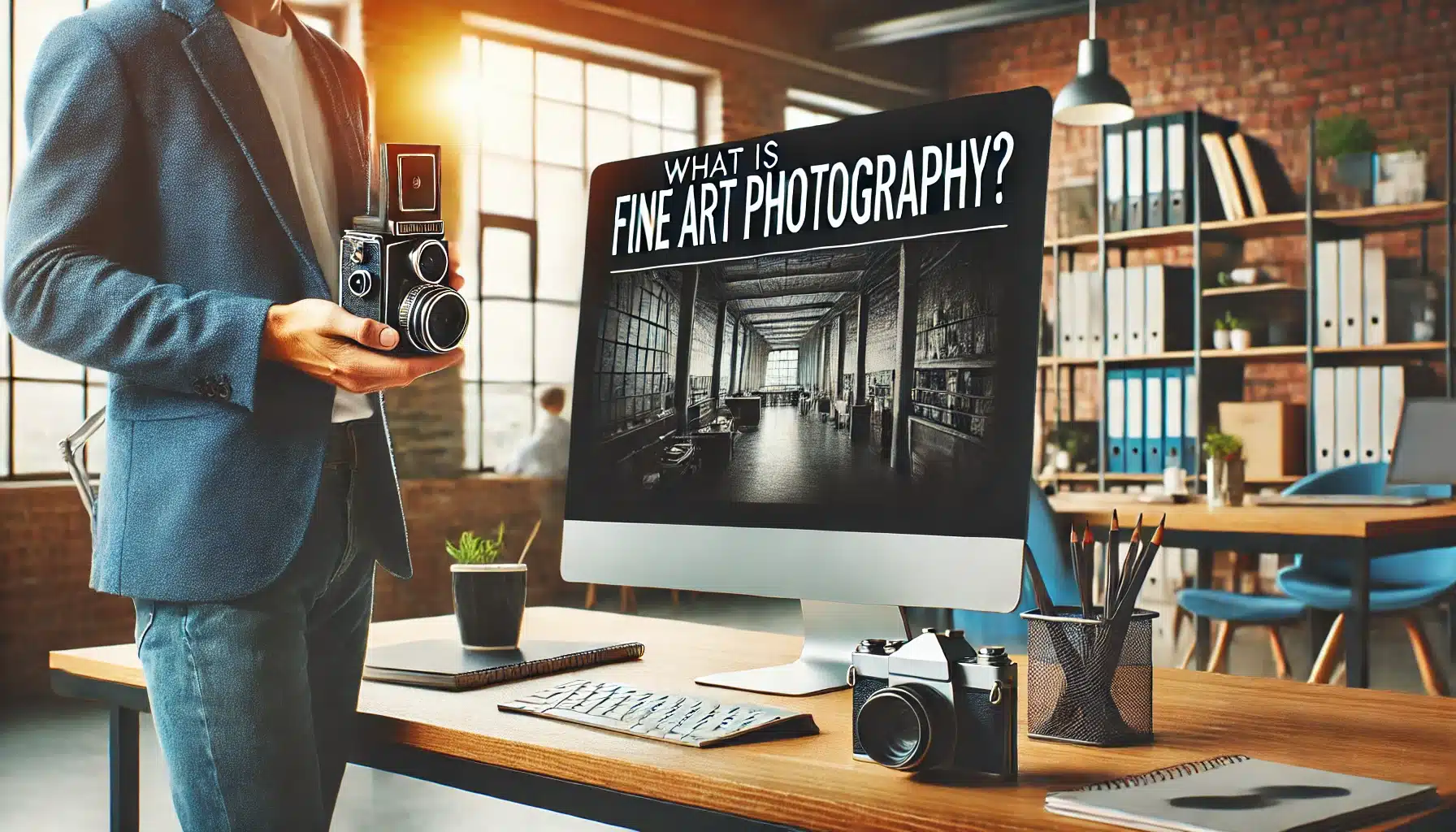The art world is a dynamic sphere, constantly influenced by cultural shifts, technological advancements, and global events. It’s a space where creativity meets commerce, and innovation reshapes tradition. From digital transformations to bold movements toward inclusivity, here’s a deep dive into the forces shaping the art landscape.
Art World Trends Today: A Shift to Digital Frontiers
Digital technology continues to dominate as one of the most significant art world trends today. The rise of NFTs has revolutionized how art is bought, sold, and even perceived. Platforms like OpenSea have democratized the process, allowing artists to showcase their work to a global audience without intermediaries.
In addition to NFTs, virtual reality (VR) and augmented reality (AR) are making their mark. Virtual exhibitions and immersive installations are captivating audiences, offering an entirely new way to experience art. Artists are leveraging these tools to create multi-sensory experiences that redefine engagement, proving that the digital shift is not just a passing trend but a fundamental transformation.
Shaping the Art Industry: Inclusivity and Representation
Inclusivity has become a cornerstone in shaping the art industry. There’s a growing movement to amplify voices from underrepresented groups, breaking barriers that have historically limited access to mainstream recognition.
Major galleries and museums are curating exhibits that celebrate diversity, featuring works by women, artists of color, and LGBTQ+ creators. Collectors, too, are seeking art that reflects societal shifts, valuing authenticity and narrative over conventional aesthetics.
This drive toward inclusivity is accompanied by a reevaluation of traditional art hierarchies. Non-Western art, often relegated to the sidelines, is finally receiving its deserved attention. Auctions and exhibitions showcasing African, Asian, and Indigenous works have seen unprecedented success, signaling a more equitable future for the industry.
Breaking News in Art: The Impact of Global Challenges
The art world has not been immune to global challenges, and the pandemic has left an indelible mark. One of the most notable pieces of breaking news in art is how artists and institutions have adapted to the “new normal.”
Lockdowns spurred creativity in unexpected ways, with many artists exploring themes of isolation, resilience, and hope. Virtual art fairs and online galleries became the norm, ensuring that art remained accessible even during the height of restrictions.
Additionally, the global spotlight on climate change has permeated the art world. Sustainable practices are becoming a priority, with artists and institutions alike adopting eco-friendly methods. From using recycled materials to reducing the carbon footprint of exhibitions, the commitment to sustainability underscores art’s role in addressing critical global issues.
Current Art Market Developments: A New Generation of Collectors
The demographics of art collectors are changing. Millennials and Gen Z are emerging as influential players, driving current art market developments. Unlike their predecessors, these younger collectors prioritize contemporary works that resonate with their values.
Digital art, socially conscious pieces, and works by emerging artists are highly sought after by this new generation. They value art as a form of cultural commentary and personal expression rather than just an investment. This shift is pushing auction houses and galleries to rethink their strategies, focusing on accessibility and authenticity.
Furthermore, art as an investment remains a robust sector, with record-breaking sales continuing to capture headlines. The secondary market, particularly for blue-chip artists, remains strong, while new entrants are finding their place thanks to innovative platforms and social media exposure.
Technology: A Double-Edged Sword
While technology has opened doors, it has also posed challenges. Copyright issues in the digital art sphere are a hot topic, particularly with AI-generated works. Questions about authorship and originality are becoming increasingly complex, prompting debates within the industry.
At the same time, blockchain technology offers a solution for provenance and authenticity, particularly for high-value pieces. By ensuring transparency, blockchain helps mitigate fraud, providing collectors with greater confidence in their acquisitions.
Conclusion
The art world is a vibrant tapestry of tradition and innovation, constantly evolving in response to cultural, technological, and economic factors. Whether it’s the digital revolution, the push for inclusivity, or the impact of global challenges, these forces are collectively shaping the art industry in unprecedented ways.
By staying attuned to current art market developments and the art world trends today, collectors, artists, and enthusiasts can navigate this dynamic space with insight and purpose. The future of art promises to be as diverse and groundbreaking as the forces propelling it forward.



